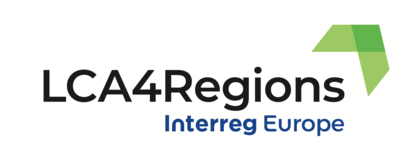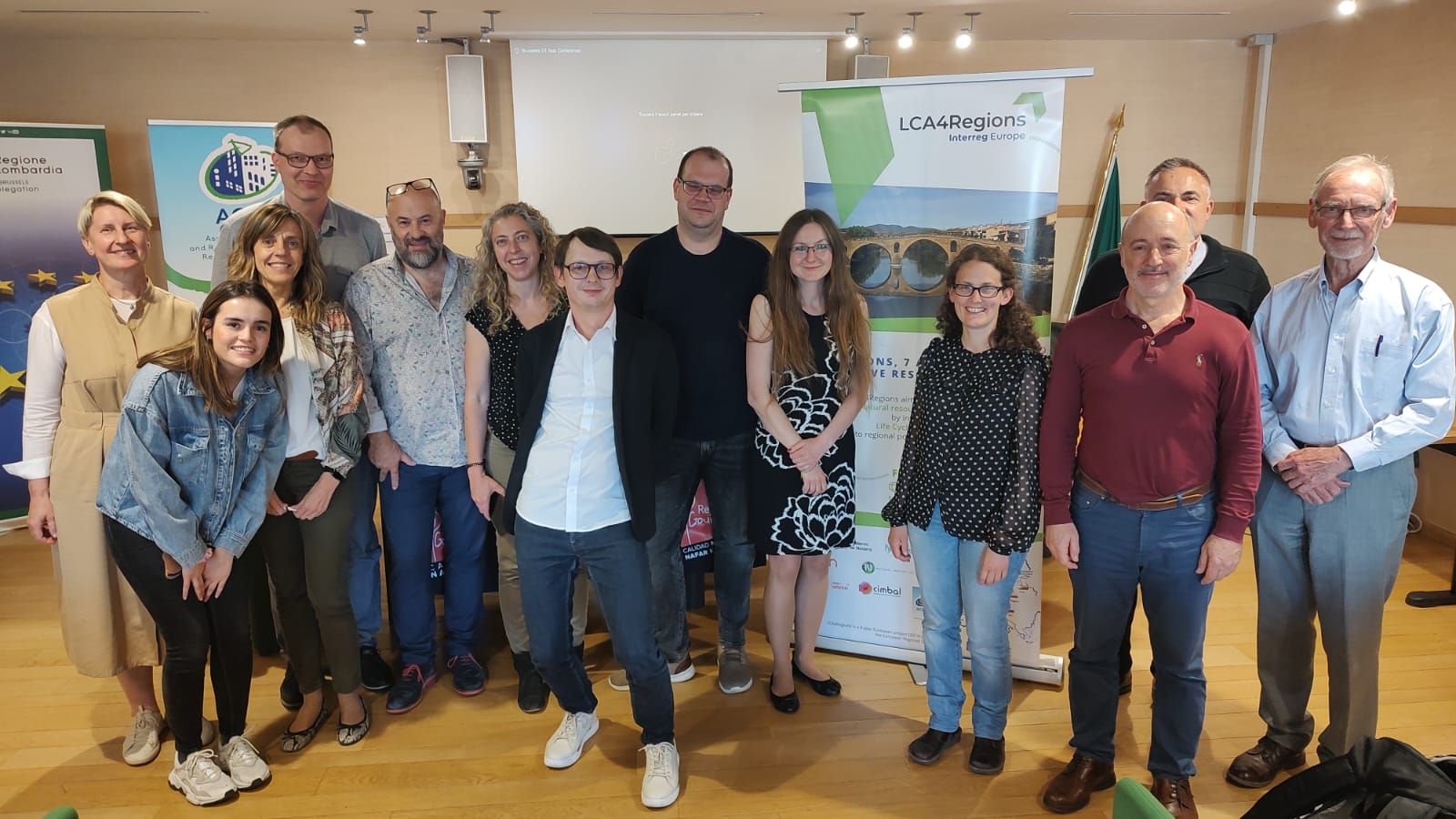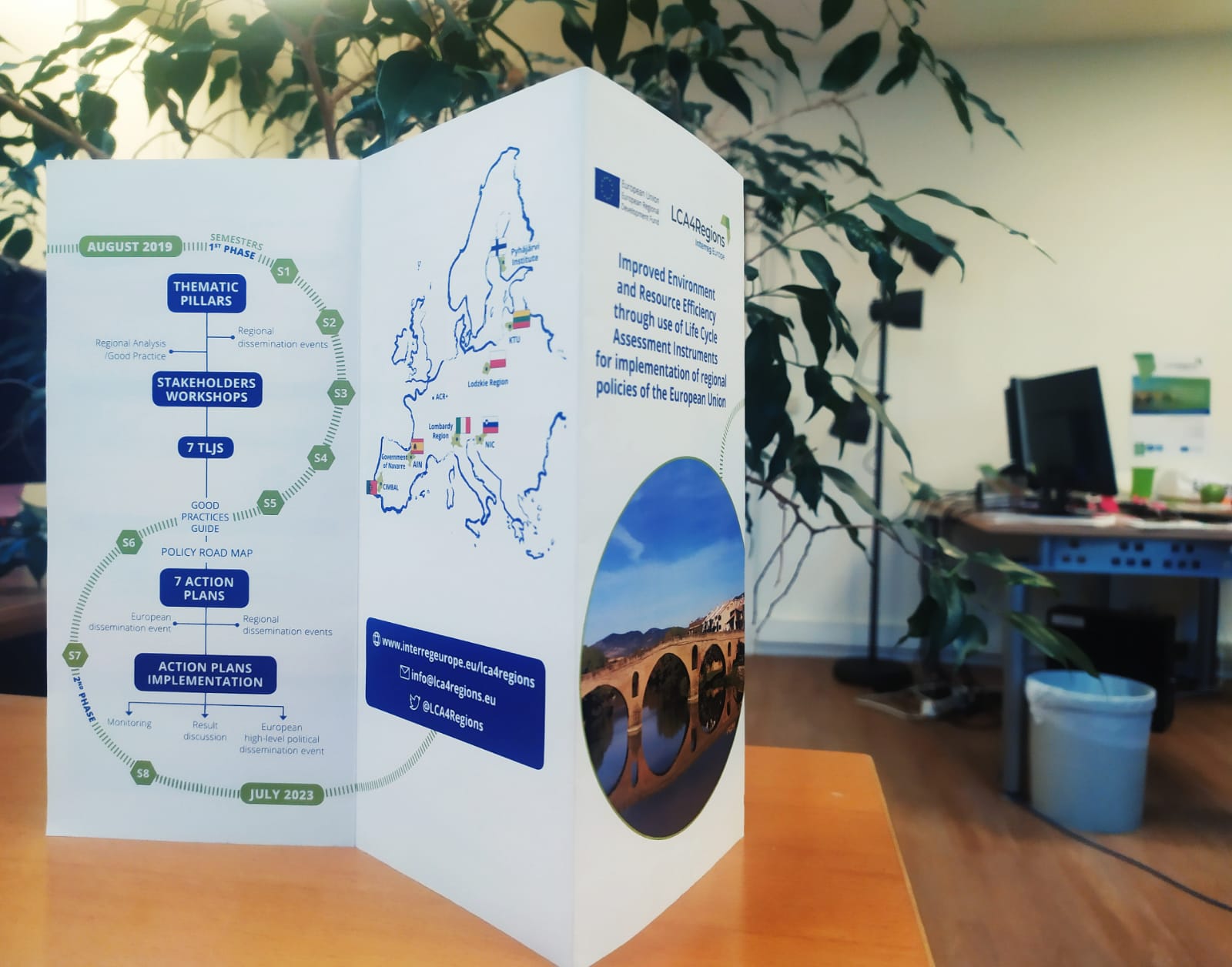In the LCA4Regions project, we have learned that life cycle assessment (LCA) may sometimes be vulnerable to “cherry picking” – LCA study may focus only on limited time frame during the product’s life cycle (upstream or downstream, so either the time before or after the product is used, or something in between). Sometimes only climate impacts (i.e. carbon footprint) are targeted. So, for us, Product Environmental Footprint (PEF) and its implementation for public sector sounds really exciting and it is definitely worth giving it a deeper look!
A couple of years ago, the European Commission published PEF method for companies to calculate the environmental footprint of their product’s entire life cycle.
The method considers not only climate impacts but also 16 environmental impact classes, such as ecotoxity, acidification, eutrophication and the depletion of natural resources. The method is still under development.
Recently, in Finland, the Finnish Environment Institute (SYKE) published a study concluding that PEF is suitable also to evaluate the climate impacts of public procurements.
Because LCA in public procurements is one of our project’s thematic pillars, this study drew our special attention. Public procurements and investments have a huge impact on the environment. If the PEF-based carbon or environmental footprint calculations were required for the suppliers for tendering process, it would help public organisations to reduce their emissions and to establish markets for environmentally friendly goods and services. The use of PEF method in public procurements requires that product category in question has Product Environmental Footprint Category Rules (PEFCR), so that the information is comparable and can be used in tendering, which is obligatory for public procurements. Currently, there are PEFCRs for 17 product categories, and for five categories they are being developed.
The focus of the SYKE report was on the climate impacts of public procurements. The report supports an ongoing EU Life project “Towards Carbon Neutral Municipalities and Regions in Finland”, in which 22 partners around Finland (including Pyhäjärvi Institute) are seeking for new tools for observing climate aspects in public operations. However, the recommendations and future steps in policies regarding public procurements include both carbon and environment footprint calculations. In the perspective of LCA4Regions project, it is important to include more than just a single environmental issue in LCA, but, even more importantly, the data for the applied LCA method and footprint calculations must be of highest quality, to increase the reliability of such analyses.
At the moment, the PEF method is being assessed and improved, and in 2021, a decision on the wider use of the method as part of the European integrated product policies is expected to be made. The actual use of PEF in public procurements in Finland is also in the making, so LCA4Regions will follow up and keep an eye for further news regarding this issue!
Satakunta LCA4Regions team
Source:










